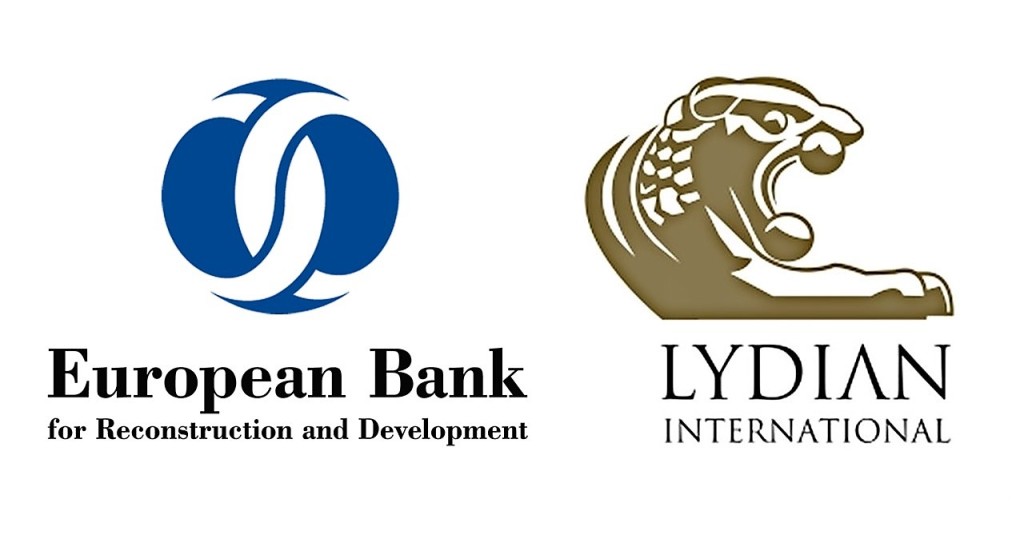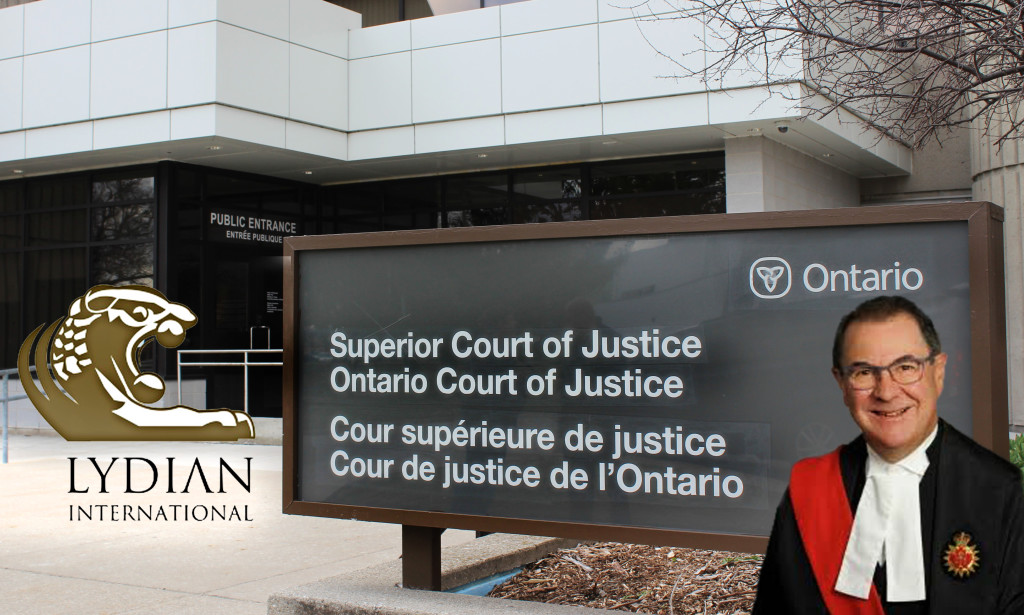Acid Mine Drainage in Amulsar and its Hazard․ Professor Armen Saghatelyan
On December 12, 2017 alternative public expertise was carried out as a result of which negative ecological conclusion was given to possible gold mine exploitation with the use of cyanide in Amulsar. During the 3-hour conference scientists, researchers and environmentalists once again presented main risks that are uncontrollable and confirmed that this project cannot be implemented.
We present to your attention summary of presentation by professor Armen Saghatelyan, doctor in geological-mineralogical sciences:
“The mine is sulphid. Even in strong oxidized mines there is a certain amount of sulphide content, and in the presence of water, acid drainage is caused, which is visible in various parts of the mine. When the upper part of the mine are removed and go further down, the water inflow to the minefield will grow substantially, resulting in increased acid drainage levels. Its leakage will be decentralized in the form of many sources and cracks. This type of leakage is not regulated. At the same time, the rocks of the mine are extremely cracked and therefore the incoming water will not accumulate on the bottom of the openings, but will immediately be absorbed in deep horizons. As a result, a tremendous acid-water generator will be created, which will operate not only during the mine’s exploitation, but also for hundreds of years after the mine is closed. Acid water will actively dissolve heavy metals present in the rock, which are many in the mine, including those of first class of toxicity – mercury, lead, arsenic and so on. As a result, a high density leachate of high acidity, heavy metal ions is formed, which mixing with the water of Vorotan and Arpa rivers, will affect the quality of water.
Part of the contaminated groundwater will immediately impact the Spandaryan-Kechut tunnel, destroying the concrete and the metal parts. As a result collapses will occur. Even the damaged tunnel will be a drainage path through which the acidic and toxic waters will penetrate Kechut reservoir (5 million m3 / year and more).
As a result, it will be impossible to transport additional water to Lake Sevan without serious damage to the ecosystem of the lake and the loss of water quality.
Contaminated water outflow from the mine site will cause serious problems in the irrigated agricultural fields, particularly the vineyards, in the Vorotan and Arpa rivers.
This phenomenon, based on mountain-technical conditions of the mine, is an uncontrollable risk. It was not pointed out in the EIA, and until recently, was firmly refuted by Lydian Armenia company.
As a result of mine exploitation, mercury and carbon dioxide will be emitted into the environment, which will break Armenia’s obligations undertaken by international conventions (Minamata, Climate Protection). This risk is not mentioned in the EIA as well.
Unresolved issues dictate the suspension of the mine operation and urgently waterproof the destroyed surface.”
Armenian Environmental Front (AEF) civil initiative
Email: armecofront@gmail.com









